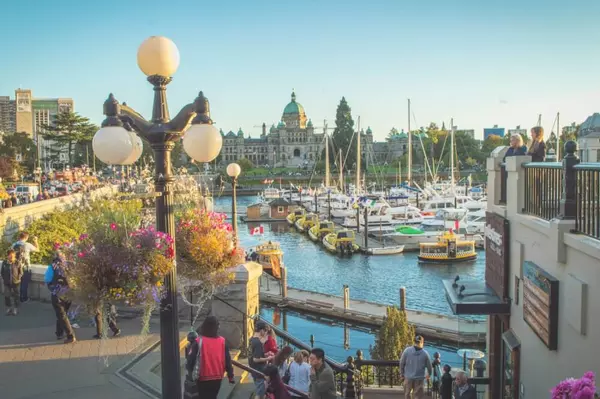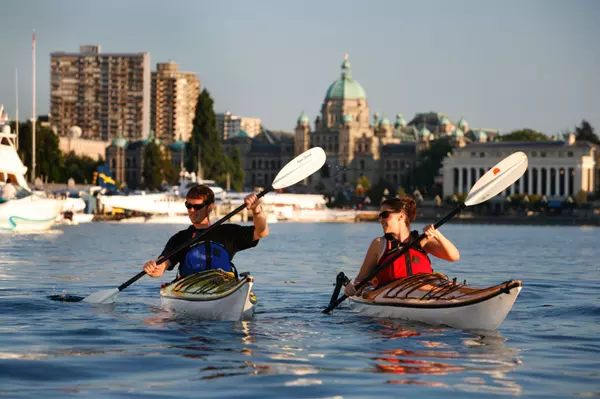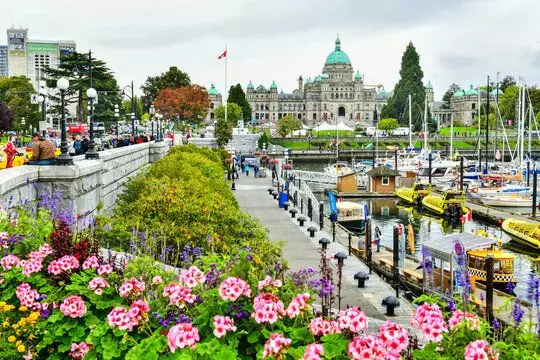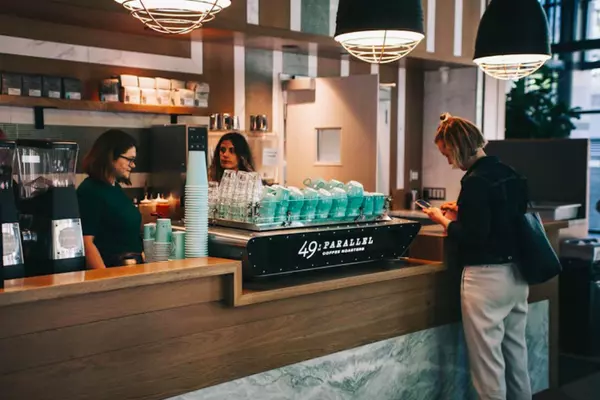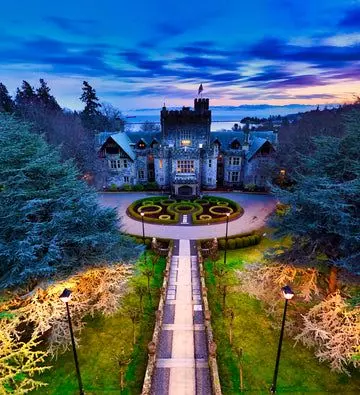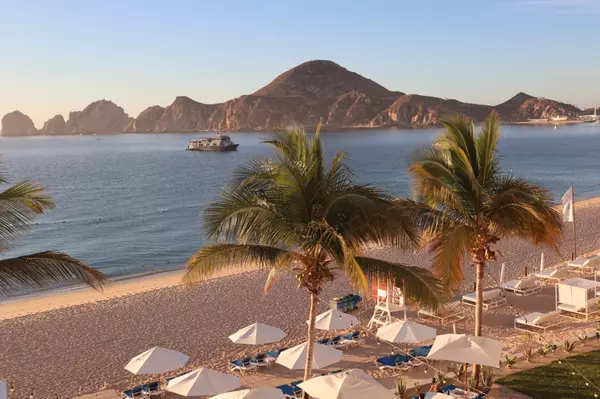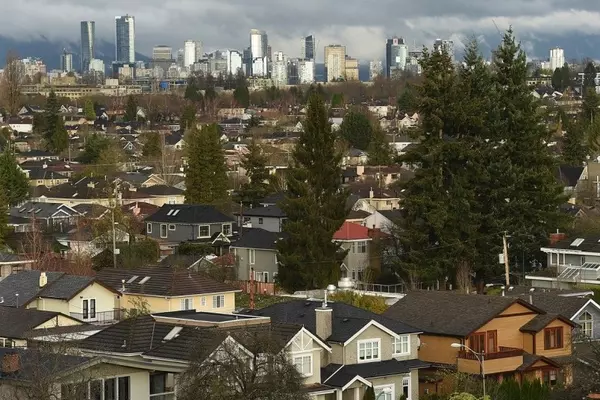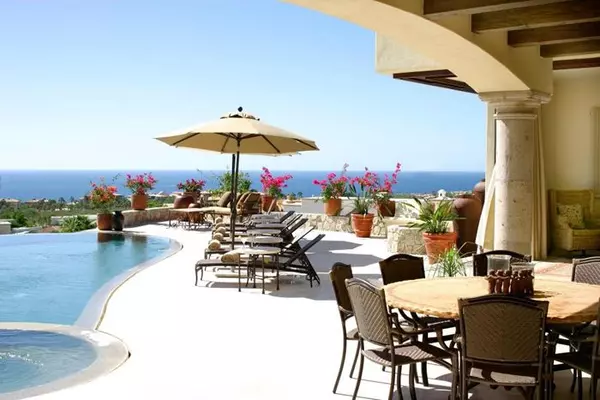A Newcomer’s Guide to Living in Victoria BC
Thinking about moving to Victoria BC? You’re not alone. Each year, thousands of newcomers choose this charming island city for its mild climate, vibrant culture, and unbeatable outdoor lifestyle. But before you pack up and hop on the ferry, it helps to know what daily living in Victoria BC really looks like.
This Victoria BC newcomer guide breaks down neighborhoods, housing, transportation, schools, and local culture so you can start your new chapter on the right foot.
Neighborhoods Overview
Victoria is compact but diverse, with each area offering its own lifestyle vibe:
-
Downtown: Urban living with condos, restaurants, nightlife, and a short walk to the Inner Harbour.
-
Fairfield: Leafy streets, heritage homes, and easy access to beaches ideal for families and young professionals.
-
Oak Bay: Upscale, oceanfront community with boutique shops, golf courses, and a village feel.
-
Esquimalt: Close to downtown with more affordable housing and strong naval ties.
-
Saanich: The largest municipality, with suburban neighborhoods, farms, and the University of Victoria.
Pro tip: Rent before you buy. Each neighborhood has its own rhythm, and it’s worth exploring before you commit long-term.
Cost of Living & Housing Snapshot
Victoria is beautiful, but it isn’t cheap.
-
Housing: Expect higher-than-average rents and home prices compared to many Canadian cities. Condos in downtown, heritage houses in Fairfield, and waterfront properties in Oak Bay come at a premium.
-
Groceries & Dining: Island living means slightly higher grocery prices, but local farmers’ markets and seafood help balance it out.
-
Utilities & Daily Costs: Comparable to other BC cities, but factor in ferry or flight costs if you need to travel often.
Still, many newcomers say the lifestyle beaches, mild winters, vibrant communities makes the cost worthwhile.
Getting Around: Transportation in Victoria
Forget the long commutes of bigger cities Victoria is manageable and well-connected.
-
BC Transit: Reliable buses run throughout Greater Victoria, with handy routes to UVic, downtown, and residential hubs.
-
Cycling Culture: Victoria is one of Canada’s most bike-friendly cities, with extensive trails like the Galloping Goose and Lochside.
-
Walkability: Downtown and neighborhoods like Fairfield are highly walkable. A car helps for exploring Vancouver Island, but it’s not essential for daily life.
Schools, Healthcare & Community
-
Education: Home to strong public and private schools, plus the University of Victoria (UVic) and Camosun College.
-
Healthcare: Residents are covered under BC’s Medical Services Plan (MSP). Victoria General Hospital and Royal Jubilee Hospital serve the region.
-
Community Centers: Recreation hubs in every neighborhood offer sports, fitness, and cultural programs perfect for meeting people if you’re new to town.
Local Culture & Lifestyle
What sets living in Victoria BC apart is the lifestyle:
-
Markets: Moss Street Market and Victoria Public Market showcase local food, crafts, and music.
-
Events: Symphony Splash, Rifflandia Music Festival, and seasonal night markets keep the city buzzing.
-
Outdoor Lifestyle: Kayaking in the Inner Harbour, hiking Mount Doug, or biking to the beach it’s all part of daily life here.
Victoria’s pace is laid-back yet vibrant, making it easy for newcomers to settle in while still feeling connected.
If you’re considering moving to Victoria BC, get ready for a city that blends big-city amenities with small-town charm. With walkable neighborhoods, easy access to nature, and a thriving cultural scene, living in Victoria BC is about balance work, play, and community all within reach.
This Victoria BC newcomer guide is just the start. Once you arrive, you’ll quickly discover why so many people choose to call this coastal capital home.
Recent Posts
